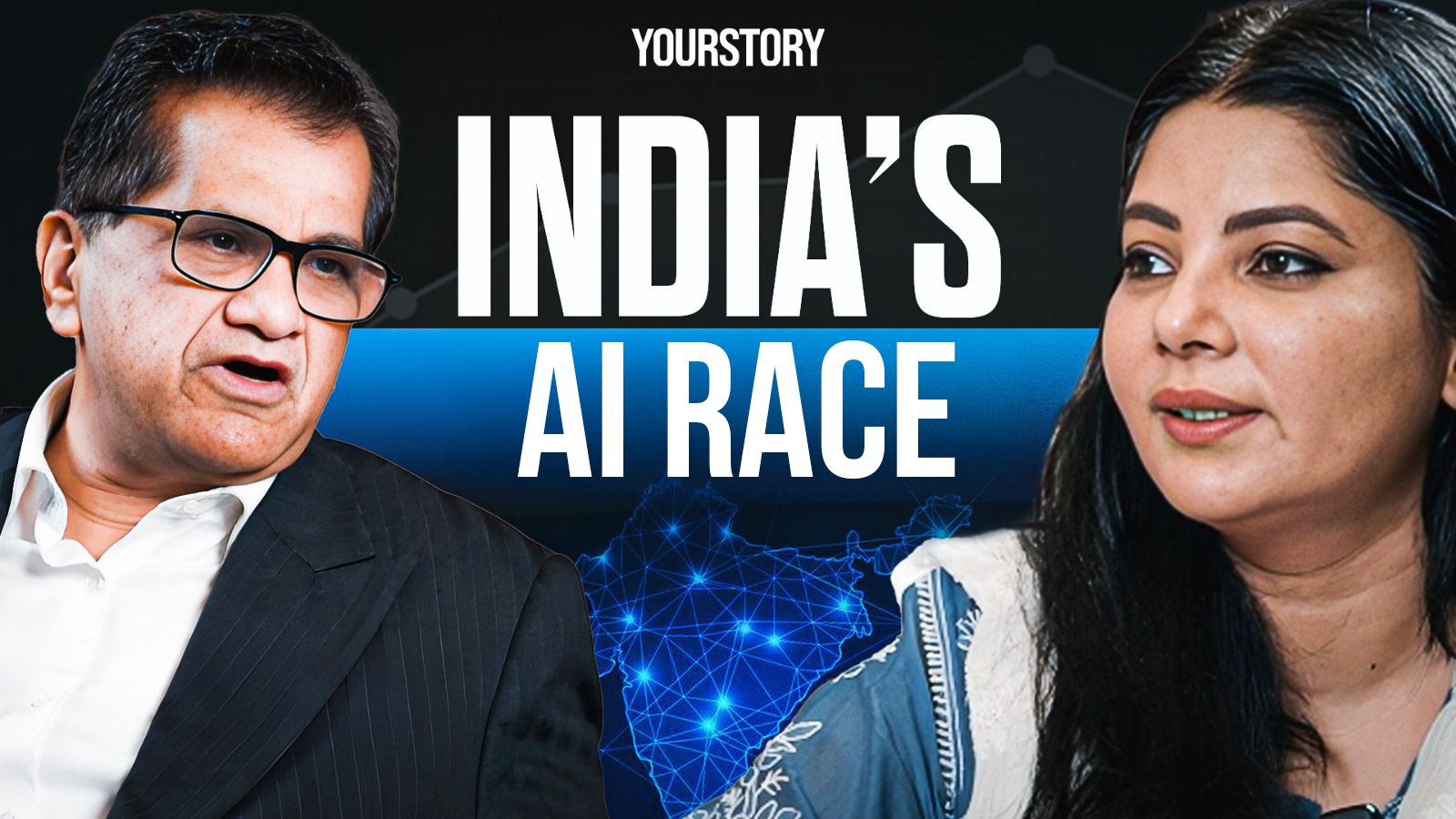The ROI of personalisation: Why D2C brands are betting big on AI
Over the last few years, India has seen a huge rise in the number of direct-to-consumer brands. A country that was once dominated by traditional retail giants and online marketplaces, has now transformed into a playground for e-commerce brands. From beauty and fashion to wellness and technology, t
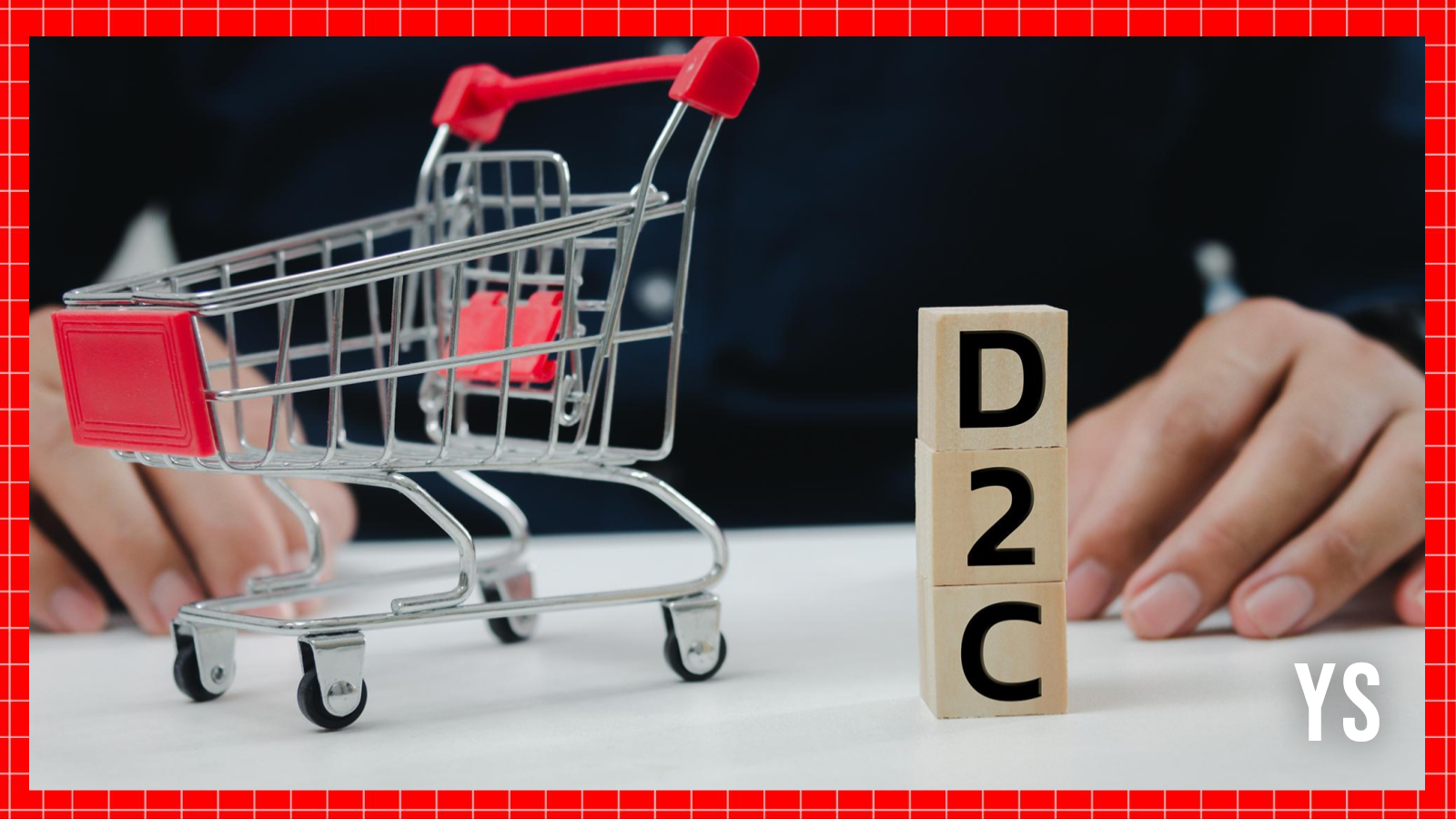

Over the last few years, India has seen a huge rise in the number of direct-to-consumer brands. A country that was once dominated by traditional retail giants and online marketplaces, has now transformed into a playground for ecommerce brands.
From beauty and fashion to wellness and technology, the rise of the D2C industry has been undeniable. The reasons behind this rise are myriad. In fact, the e-commerce market in India is experiencing substantial growth. Projections estimate that it will reach $137.21 billion in 2025 and $325 billion to $363.30 billion by 2030.
The reasons behind the rise of D2C
● Firstly, a substantial increase in internet penetration and smartphone usage has enabled consumers to access D2C brands easily. There are 90,239 live stores on Shopify in India that are easily available to consumers.
● The Indian government has also played a role in the D2C rise by implementing measures to support e-commerce, such as the launch of the Open Network for Digital Commerce, which strives to democratise ecommerce by reducing reliance on major platforms, hence, allowing D2C brands to gain visibility and access to a broader market.
● Marketplaces are also huge enablers, while it is true that D2C brands often compete with traditional marketplaces like Amazon, Myntra and Flipkart, they also use these platforms for initial visibility.
● Quick commerce has emerged as a powerful prospect for D2C brands in India. Companies like Blinkit, Instamart and Zepto lead this space, promising delivery within minutes, aligning well with Indian consumer expectations for instant gratification and convenience. The revenue generated by the quick Commerce market is projected to reach $5.38 billion in the year 2025, while the number of users is estimated to be 60.6 million by the year 2029.
Lastly, when the pandemic and lockdown shook the brick-and-mortar stores, consumers were driven towards online shopping and even after the pandemic ended, this shift in consumer behaviour prevails and has given birth to a completely new wave of consumer-first brands that overlook traditional distribution models and has built a direct relationships with their customers.
But, while the opportunities for these brands are abundant, so are the challenges.
Challenges faced by D2C brands
There are considerable challenges that D2C brands face.
● One common challenge that plagues all D2C brands is intense competition, as more players enter the market, brands find it challenging to differentiate themselves and so they must continuously innovate to retain consumer interest.
● Another challenge is the noteworthy fee that they incur due to selling through marketplaces.
D2C brands have to shell out a considerable margin to maintain this, almost half. Some of them have realised the long-term solution is to stay ahead in the game on their storefront and the main way to stay
ahead is personalisation.
The importance of personalisation
Personalisation is key to ruling the D2C world, it has multiple advantages.
● Firstly, it allows D2C brands to tailor the shopping experience to individual preferences, increasing customer satisfaction and loyalty. By using customer, data brands can provide relevant offers and content, making interactions with customers feel more personalized and meaningful.
● Personalised experiences lead to high engagement rates because customers will interact more with content that resonates with them.
● Personalisation also helps build strong relationships with customers, motivating repeat purchases.
Personalisation can be applied across all customer touchpoints, ensuring a consistent and cohesive brand experience and brands are using personalisation in many ways.
Brands use personalisation in many ways to improve customer experiences.
● They send automated messages when a customer leaves items in their cart or when prices drop to encourage purchases.
● Brands also use real-time personalization to adjust ads and messages instantly based on customer behaviour.
● Some brands even create personalized video messages to make customers feel special.
One of the main and significant ways brands can personalise their communication is by using Artificial Intelligence. Smart D2C brands are shifting away from reliance on third-party platforms and focusing on their own growth- that’s where AI-driven personalisation makes the difference.
How does AI help brands personalise?
● AI helps brands create tailored shopping experiences, from showing personalized product recommendations to optimizing search results for better conversions.
● Brands use AI-powered product recommendation engines to analyze customer data, such as purchase history, and browsing behaviour, to provide personalized product suggestions.
● AI also helps predict demand for specific products, helping brands optimize inventory levels and avoid stockouts or overstocking.
● Brands can also use AI to analyze social media and customer feedback and thus can identify emerging trends and consumer preferences. This allows them to adjust product offerings and marketing strategies accordingly.
● AI analyses seasonal patterns in sales data to optimize stock levels and marketing strategies for seasonal products, ensuring that products are available when demand is high.
● Brands can also use AI for regional personalisation, they can tailor their inventory and marketing strategies based on regional preferences and cultural events, ensuring that products are relevant to local markets.
● AI also increases average order value with smart bundling and upsells, while reducing cart abandonment through timely reminders and offers.
The ROI is higher conversion rates, better customer retention, and lower acquisition costs, making AI personalisation an investment that drives long-term success.
Vicky Kukreja, Founder and CEO, Anphonic
(Disclaimer: The views and opinions expressed in this article are those of the author and do not necessarily reflect the views of YourStory.)


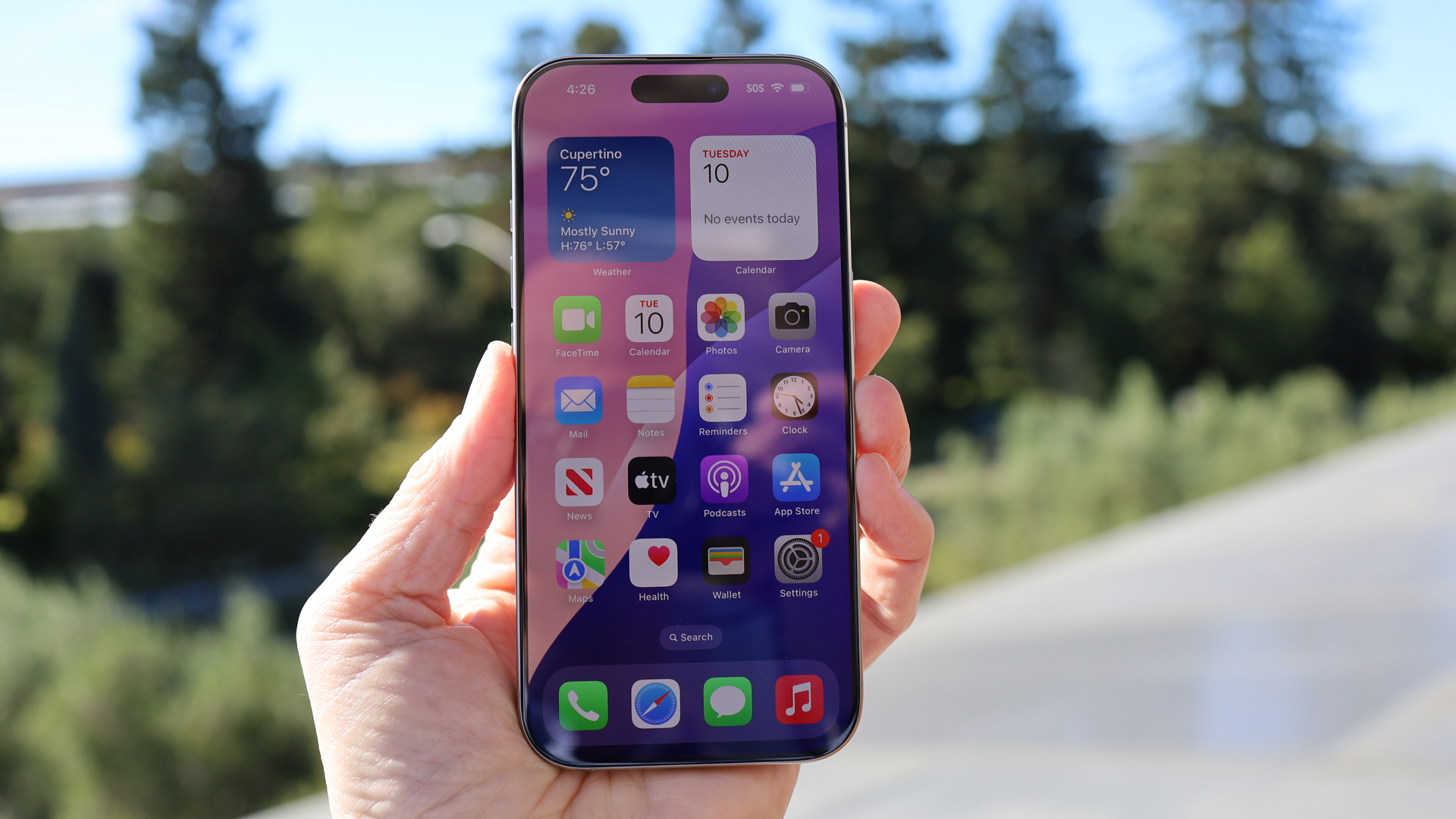


































































































































































![[The AI Show Episode 142]: ChatGPT’s New Image Generator, Studio Ghibli Craze and Backlash, Gemini 2.5, OpenAI Academy, 4o Updates, Vibe Marketing & xAI Acquires X](https://www.marketingaiinstitute.com/hubfs/ep%20142%20cover.png)


































































































































![From drop-out to software architect with Jason Lengstorf [Podcast #167]](https://cdn.hashnode.com/res/hashnode/image/upload/v1743796461357/f3d19cd7-e6f5-4d7c-8bfc-eb974bc8da68.png?#)















































OSAMU-NAKAMURA.png?width=1920&height=1920&fit=bounds&quality=80&format=jpg&auto=webp#)


































































(1).jpg?width=1920&height=1920&fit=bounds&quality=80&format=jpg&auto=webp#)













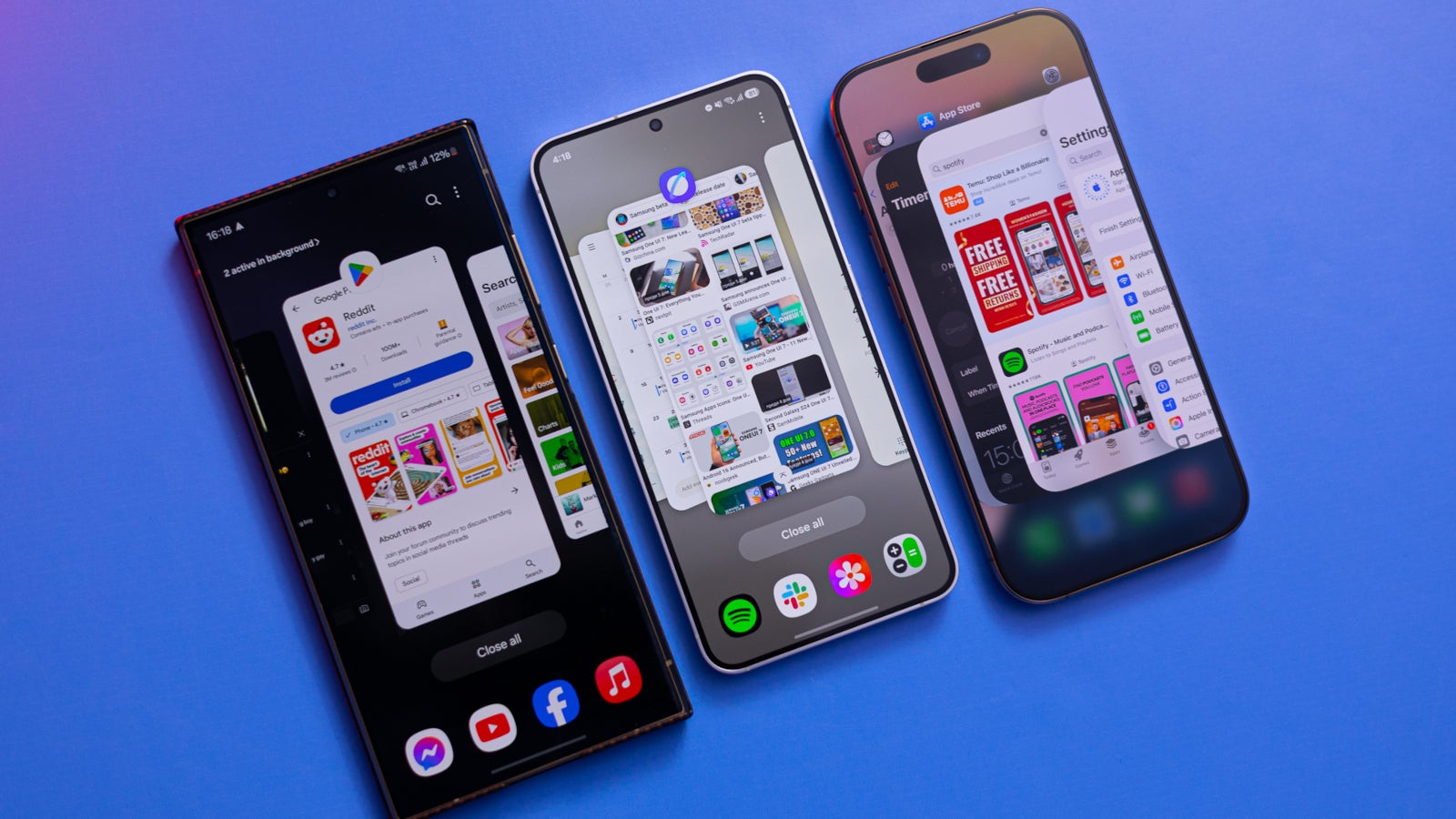
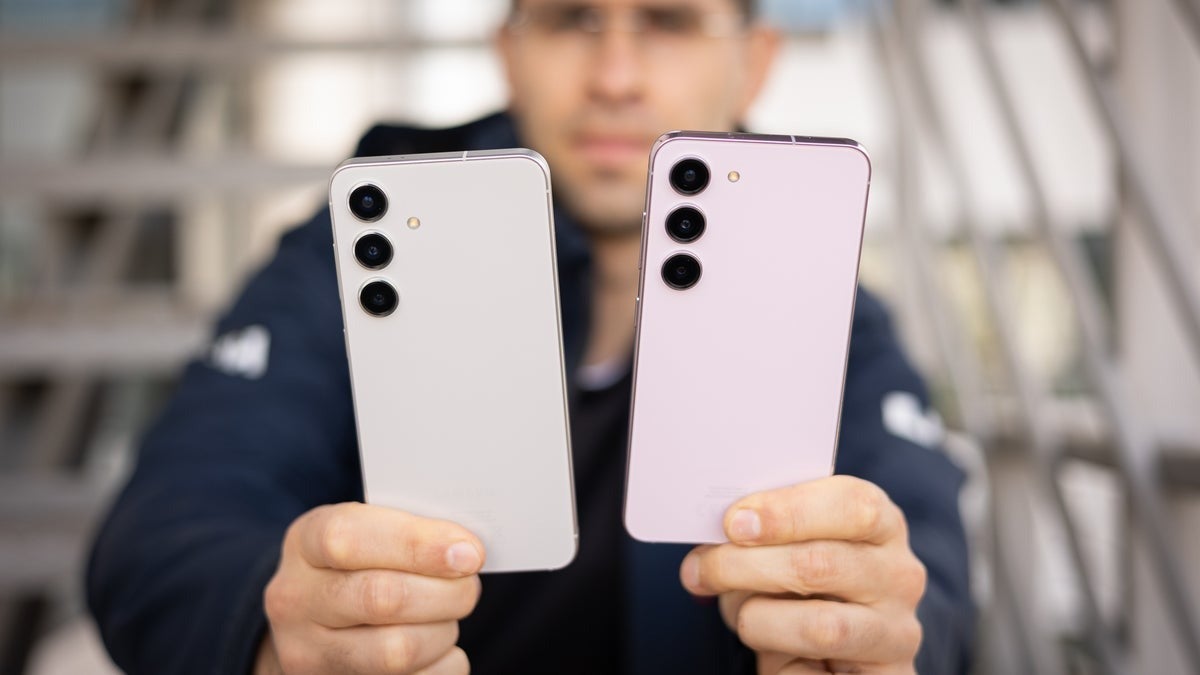











_NicoElNino_Alamy.png?#)
.webp?#)
.webp?#)








































































































![New iOS 19 Leak Allegedly Reveals Updated Icons, Floating Tab Bar, More [Video]](https://www.iclarified.com/images/news/96958/96958/96958-640.jpg)

![Apple to Source More iPhones From India to Offset China Tariff Costs [Report]](https://www.iclarified.com/images/news/96954/96954/96954-640.jpg)
![Blackmagic Design Unveils DaVinci Resolve 20 With Over 100 New Features and AI Tools [Video]](https://www.iclarified.com/images/news/96951/96951/96951-640.jpg)















































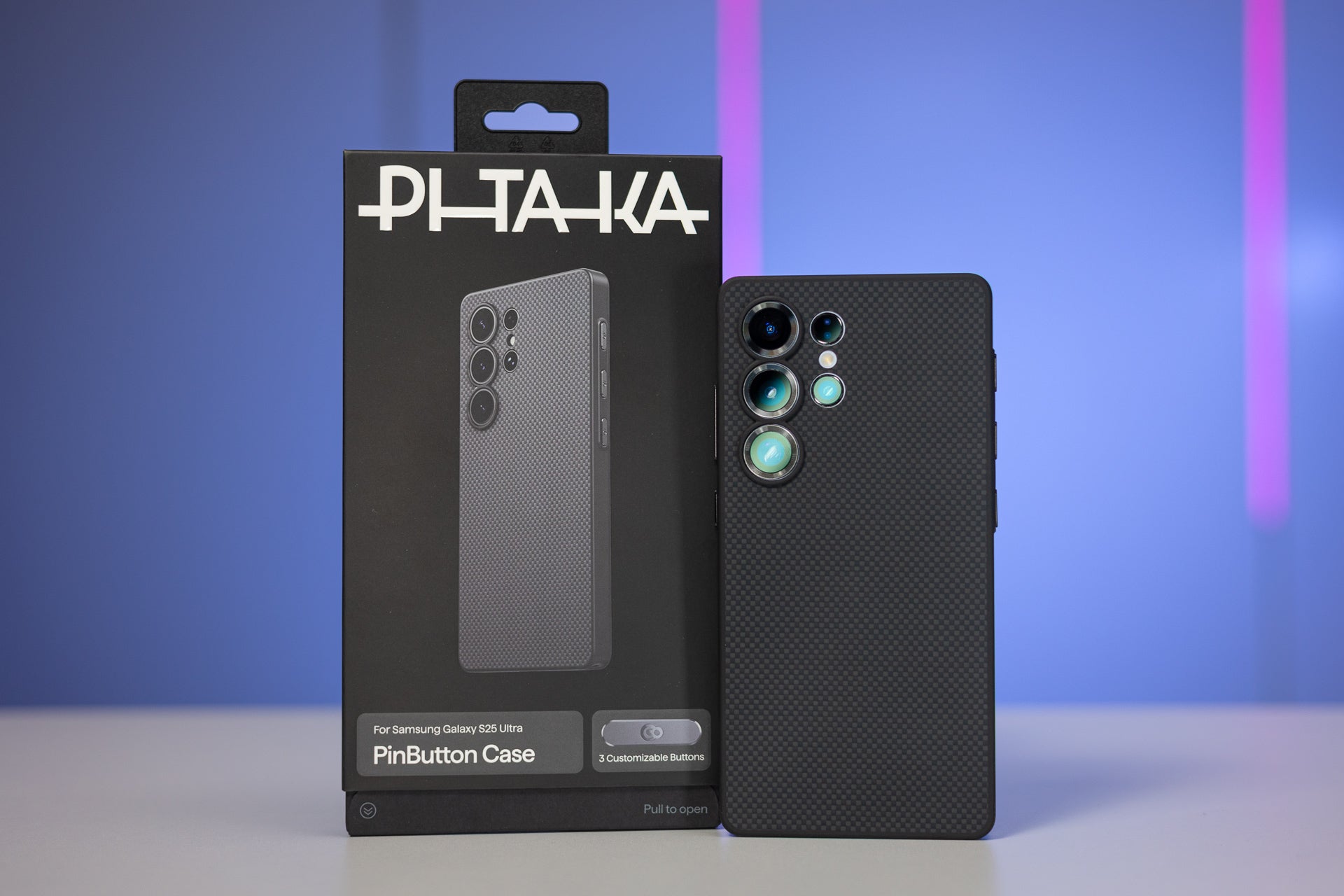

































































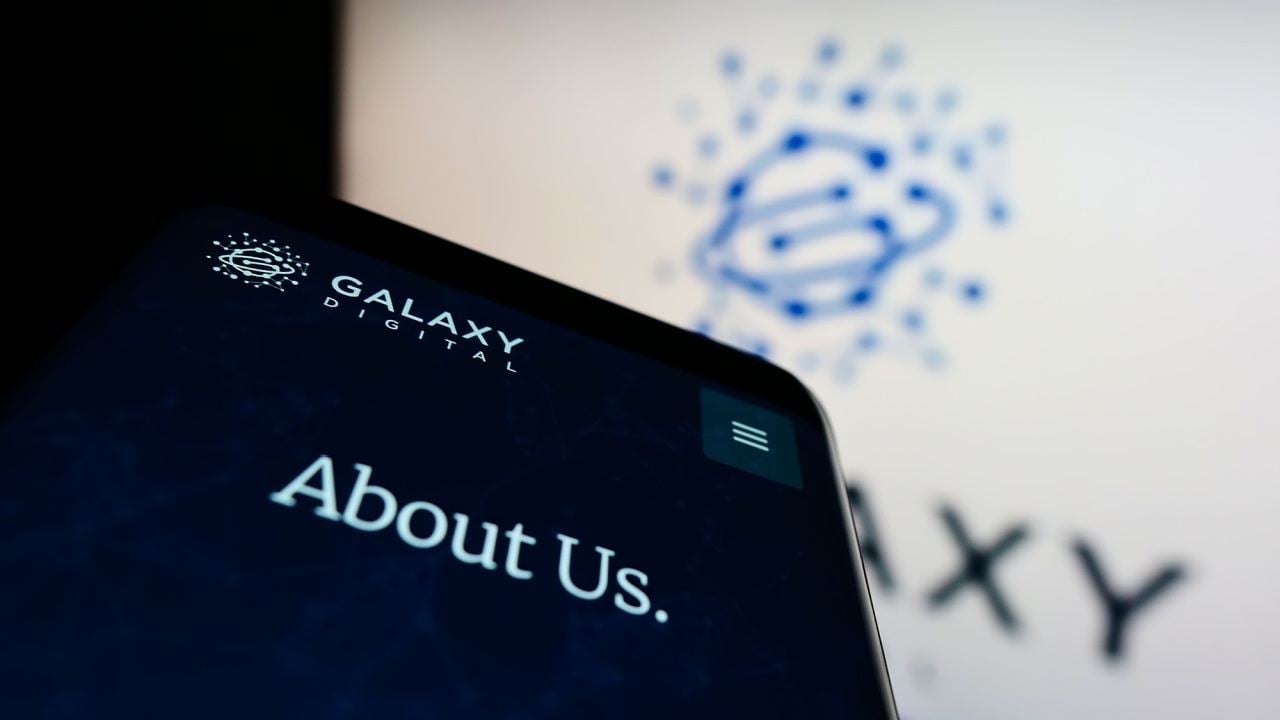










![[Weekly funding roundup March 29-April 4] Steady-state VC inflow pre-empts Trump tariff impact](https://images.yourstory.com/cs/2/220356402d6d11e9aa979329348d4c3e/WeeklyFundingRoundupNewLogo1-1739546168054.jpg)
